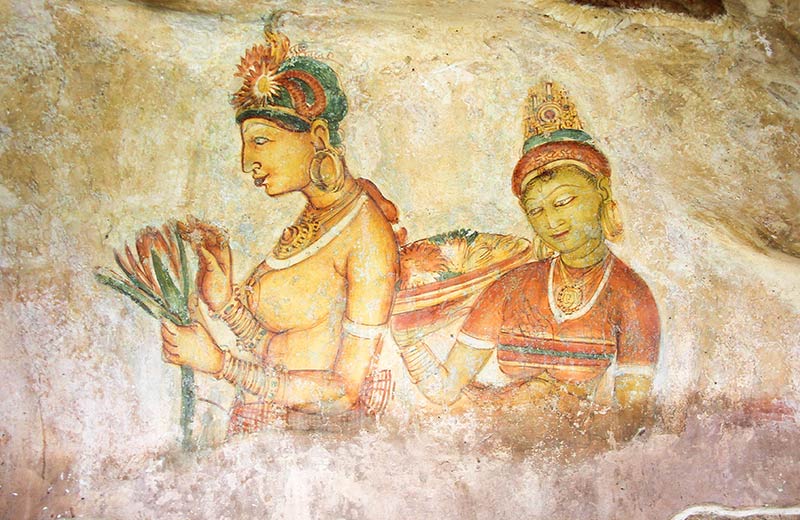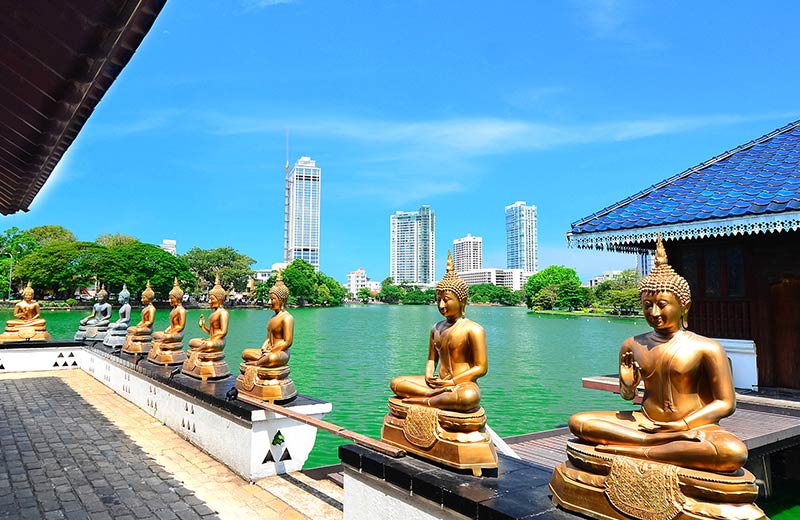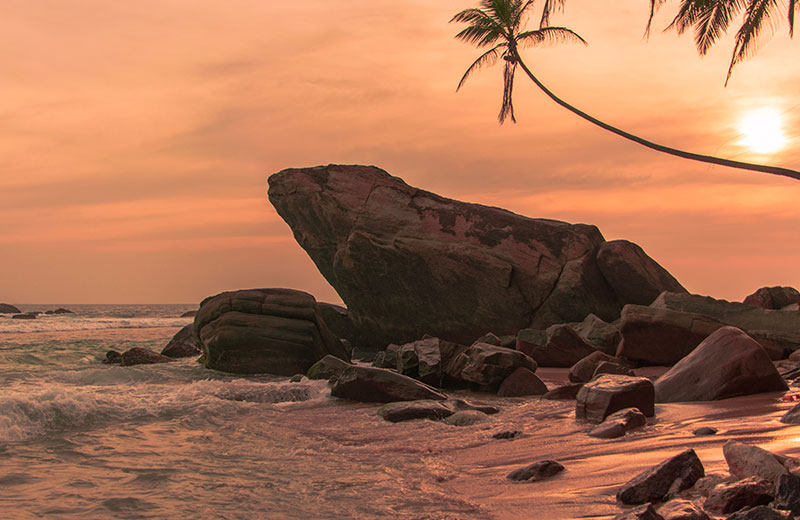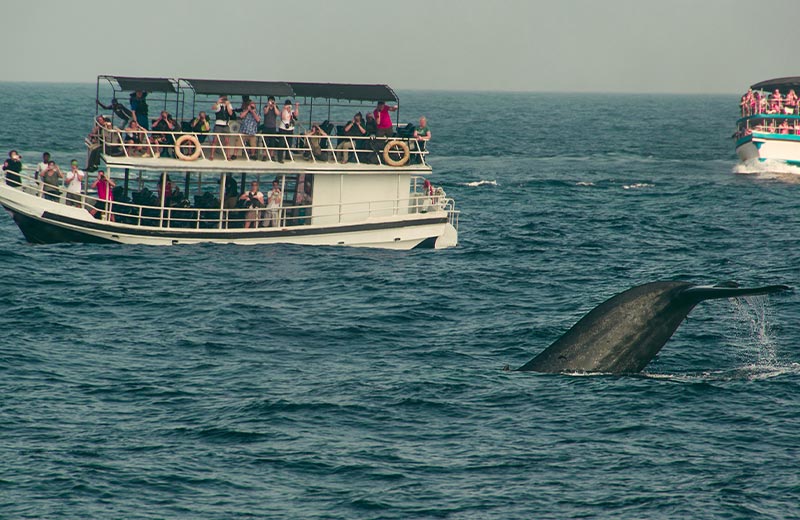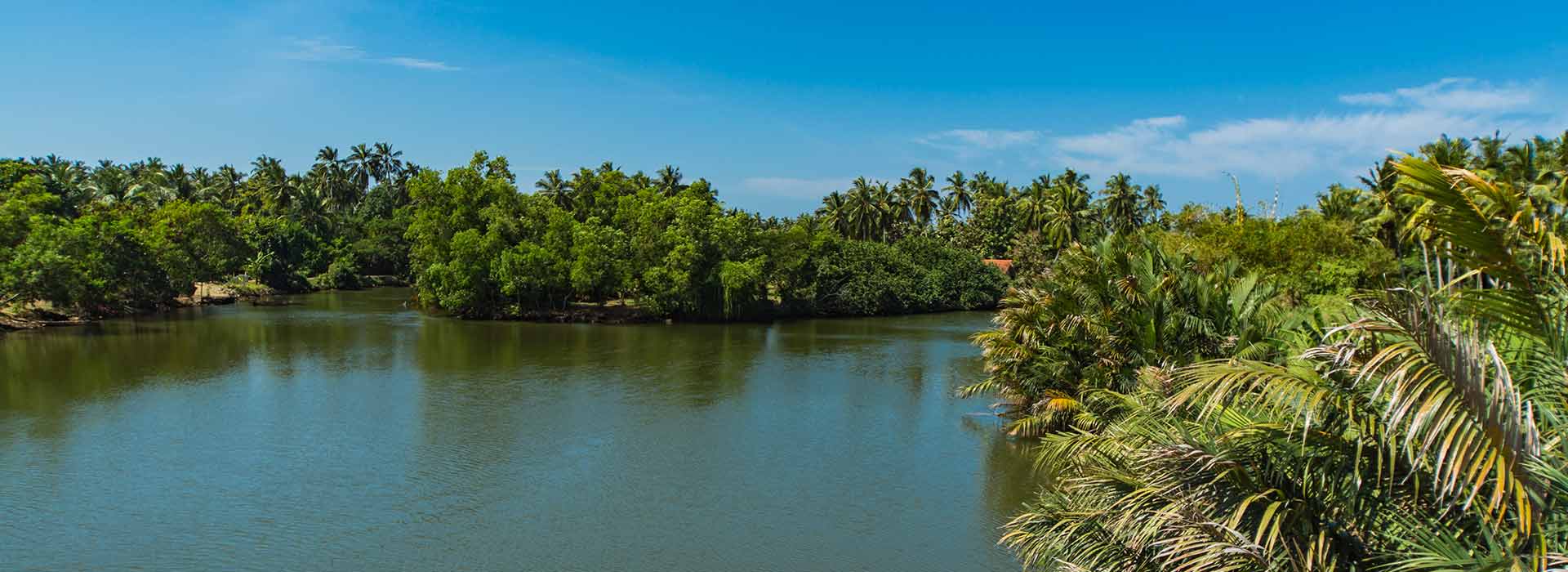The Portuguese & Dutch Battle for Negombo
Negombo was a significant spice growing area during the island’s kingdom era, with some accounts stating that it was where some of the country’s best cinnamon grew. The natural harbour of the Negombo Lagoon resulted in Negombo becoming an important spice port even before the Europeans arrived on the island. Trade here was largely handled by Moor merchants, just like in many coastal areas of the island. Everything changed once the Portuguese arrived on the island in the early 16th century. They soon took control of the cinnamon lands in the area and constructed a small and relatively weak fort in Negombo to establish their presence.
Naturally, more European powers soon began to learn of the lucrative spice trade in the Asian region and their interest grew. The Dutch already had a presence in the region, and decided to take control of the spice trade in Sri Lanka from the Portuguese.
The weak Portuguese fort in Negombo was captured by the Dutch in February 1640. Unwilling to give up control of Negombo’s cinnamon trade, the Portuguese fought to take back the fort and succeeded to do so in December the same year.
Once they regained control of Negombo, the Portuguese strengthened the fort and managed to defend it until Dutch forces, under the leadership of Francois Caron, took control of it once again in early 1644. The Dutch rebuilt the original square fort as a pentagonal structure in 1672. With control of the fort came control of cinnamon growing lands and monopoly of the spice trade. The Dutch controlled the trade of the island’s cinnamon for the next 150 years. They were so satisfied with the cinnamon produced in Negombo that they claimed it to be “the very best in the universe, as well as the most abundant”. The Hamilton Canal (also known as the Dutch Canal), which runs through Negombo, was used by the Dutch to transport spices from Negombo to Colombo.
British Takeover Negombo
The British took control of most parts of the island from the Dutch in 1796. During this period, the spice trade in Sri Lanka was fast diminishing due to increased production of spices such as cinnamon, turmeric and cardamom in China. Although there was still demand for cinnamon in Europe, the British found that it was not as lucrative as before.
The British governor, Sir Edward Barnes, came to the realization that the island’s fertile lands could be used to grow other crops which were fetching higher prices than cinnamon in the world markets. During this time, the British Empire had control of many coffee plantations in Indonesia, and it seemed only natural for them to try their hand at cultivating coffee in Ceylon.
Negombo Wanes in Importance
The initial cultivation of coffee in Negombo was satisfactory, but the British realized that it was not possible to produce enough coffee to export to the European market. This was primarily due to a lack of the ideal type of soil and temperatures, in addition to pest problems.
The subsequent failure of the cultivation of coffee resulted in Negombo losing its prominence as a lucrative agricultural land and major trading port. Negombo’s significance was further reduced when the British seized the Kingdom of Kandy in 1815. The temperate weather and fertile land of the hill-country proved much more suitable for cultivating crops such as coffee and subsequently tea.
Today, Negombo is primarily a fishing hamlet, supplying much of the seafood that Sri Lanka is well known for. It is also a popular tourist destination and is home to a large number of resorts and hotels.

